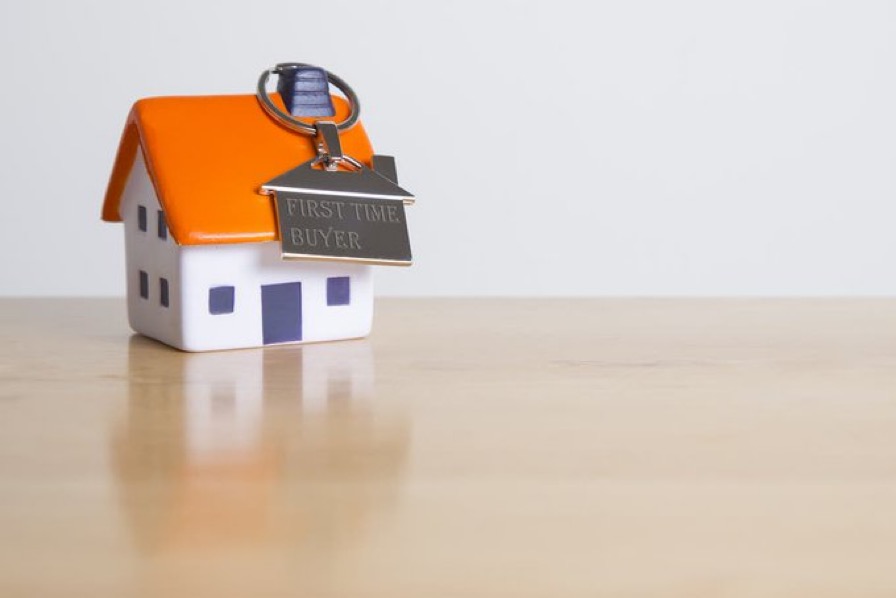The happiest areas with below average property values

Beat the January Blues by buying in the UK’s happiest, most affordable property markets
Market analysis by London lettings and estate agent, Benham and Reeves,has revealed which areas of the property market can help homebuyers beat the January Blues, based on the mix of an above average ‘happiness’ rating and below average house prices.
What is the cost of happiness? For homebuyers, it might be less than you think. By combining regional happiness ratings – published by the Office for National Statistics (ONS) in its personal wellbeing estimates – with average house prices, Benham & Reeves has found that it’s usually cheaper to buy a home in a happy place than it is in a less happy place.
Benham and Reeves analysed each area of the market based on its happiness rating and the current cost of homeownership and found that while the average happiness rating across the UK is 7.45, areas with the highest happiness rating of all (8+) are actually home to the lowest average house price at £284,377.
Areas with a lower happiness score of between 7 and 8 are home to an average house price of £317,519, while those with the lowest level of happiness, scoring below 6, boasted a property price of £377,028.
With this in mind, where exactly should UK buyers be looking in order to beat the January Blues? To find an answer, Benham has identified locations that rank above the UK average when it comes to happiness, but below the UK benchmark where property prices are concerned.
Pendle in Lancashire has a happiness rating of 8.1, while the average local house price is £141,069, less than half of the national average. This means that Pendle is the UK’s best location for buyers who want to maximise their happiness while getting the biggest bang for their bricks and mortar buck.
Newry Mourne & Down in Northern Ireland boasts a happiness rating of 8.06 and an average house price of £191,053; while Richmondshire in North Yorkshire scores 7.99 for happiness and has an average house price of £278,074.
In contrast, Colchester is home to the lowest happiness score in the UK at 6.76, while the average house price of £330,435 is also 12% higher than the UK average. Both Tunbridge Wells and Lambeth are also home to a happiness score of below 7, while the average house prices in each area come in above the UK average at £489,846 and £553,424 respectively.
Director of Benham and Reeves, Marc von Grundherr, commented:
“They say money can’t buy happiness and this seems to be the case when it comes to climbing the property ladder, with the nation’s more inflated areas of the market generally home to a far higher average house price.
Of course, it could well be the high cost of homeownership in these areas that has zapped the happiness from homebuyers, but the size of home and the area they can afford to live in versus where they might like to live is no doubt a contributing factor.
At the same time, many homebuyers are drawn to an area for work, particularly those living in and around major cities and so this may also have an impact if it’s where they have to be, rather than where they want to be.
So those with the greatest freedom when looking to purchase are best advised to set their sights to more affordable areas if they wish to live a happier life.”






